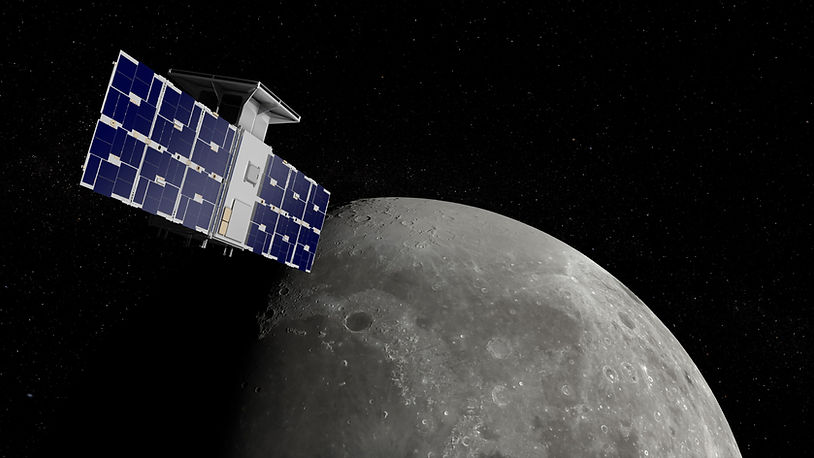By: Michael Chuang
The National Aeronautics and Space Administration (NASA) plans to launch a 55-pound CubeSat, a miniature satellite, to the Moon as early as this week if weather conditions are stable.
It has been half a century since the last Apollo moon landing in 1972, and NASA now plans for another landing in just a few years. Astronauts are scheduled to take flight sometime in 2025 and would be part of NASA’s 21st-century moon program called Artemis, the twin sister of Apollo in Greek mythology.
As early as this week, a microwave-sized spacecraft named CAPSTONE (Cislunar Autonomous Positioning System Technology Operations and Navigation Experiment) would be launched as the first piece of Artemis to head to the Moon.
CAPSTONE is designed to orbit the Moon in a path known as the near-rectilinear halo orbit (NRHO). The Earth’s and the Moon’s gravitational forces create the NRHO. The influence of the two masses makes a highly stable orbit, diminishing the fuel required to maintain the spacecraft in orbit.
Besides stableness and efficiency, the gravitational interactions keep the orbit nearly perpendicular to the line-of-sight view from Earth. Therefore, a spacecraft in the NRHO would never pass behind the moon to cut off communication.
Over the past few decades, small satellites built based on a standardized design known as CubeSats became popularly used by smaller companies to develop satellites. CAPSTONE is composed of 12 cubes where each cube measures 10 centimeters. Advanced Space, the company which developed CAPSTONE, was able to buy it off Tyvak Nano-Satellite Systems of Irvine, California. CEO of Advanced Space, Bradley Cheetham, said, “I tell people the only hardware we build here at Advanced [Space] is Legos. We have a great Lego collection.”
CAPSTONE offers an alternative positioning system that utilizes other existing spacecraft orbiting the moon to determine its position. With more spacecraft circling the moon in coming years, the fleet of spacecraft could potentially create a GPS for the moon.
Dan Hartman, the Gateway program manager, claimed CAPSTONE was not essential moving ahead with the lunar outpost. “Can we fly without it?” Mr. Hartman said of CAPSTONE. “Yes. Is it mandatory? No.” However, he added, “Any time you can reduce error bars in your models is always a good thing.”











